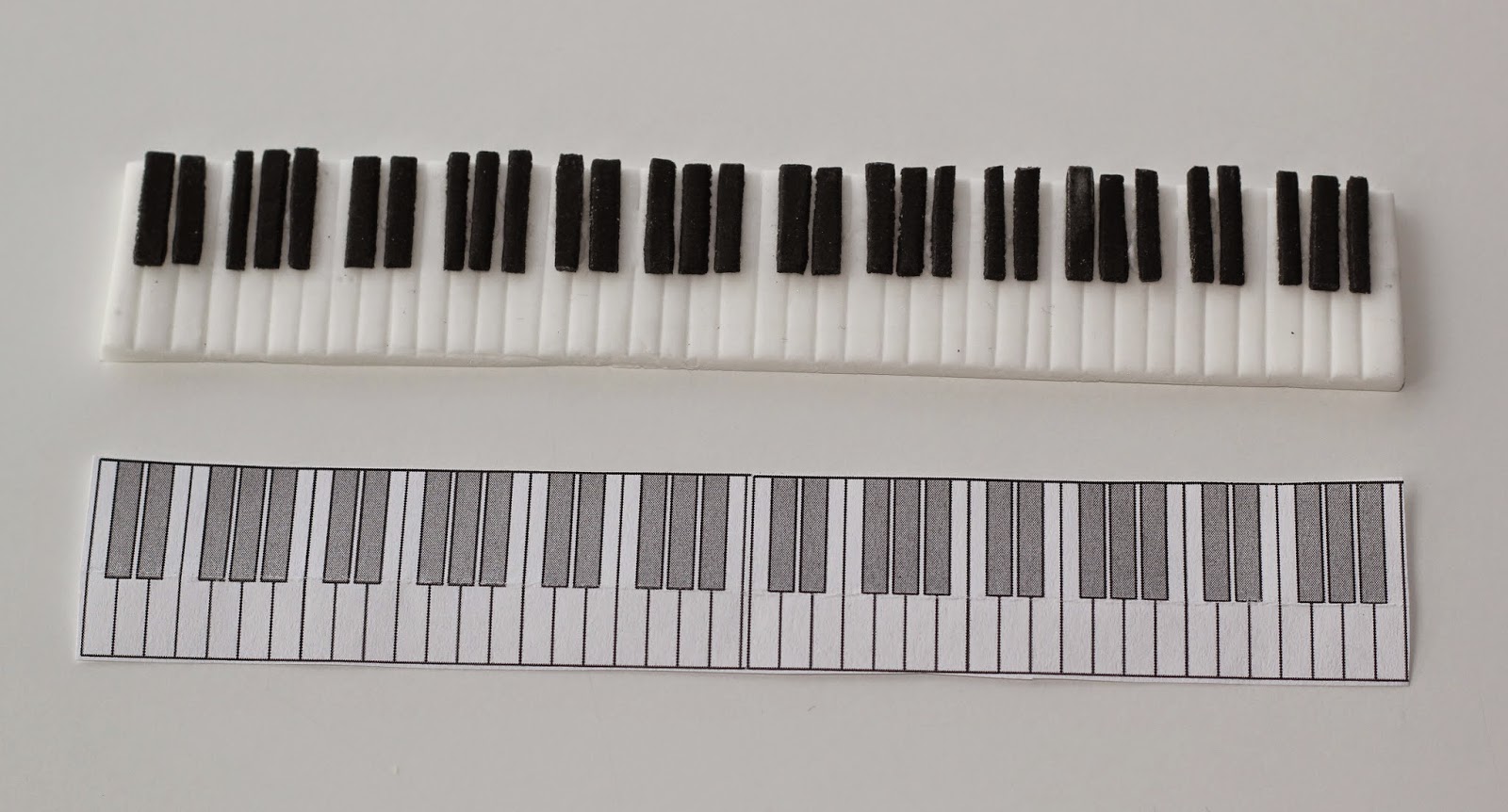American style fancy fairy cakes have been popular in the UK for some time now with dedicated shops, cafes and supermarkets piling them high and charging upwards of £2 per cupcake for an item which is well within the capabilities of most home bakers. The French macaron (mac-a-ron) however is a trickier little morsel to replicate at home requiring patience and precision - so will a quiet french revolution be taking over the high streets any time soon?
 |
| Not bad for our first effort! |
Gareth gave me a lovely book called 'Secrets of Macarons' by Jose Marechal for my birthday in October. Having read, and then re-read a number of times, the lengthy, step-by-step method and sourced all the ingredients Lottie and I finally set about making a batch last weekend. It took both of us most of Sunday to make them using nearly every bowl and utensil in the kitchen. Part way through I was seriously wondering whether life was too short to make macarons - like pasta and puff pastry - the shop bought offerings are so good is it worth the effort to make them from scratch?
The basic ingredients for the shells are -
200g ground almonds & 200g icing sugar (passed together through a fine sieve)
2 x 80g of egg white brought up to room temperature (some recipes state these should be separated at least a day before!)
200g caster sugar & 75ml water (to make Italian meringue which gives a better finish than French meringue!)
Vanilla / paste food colourings
Already you can see this is no 'all-in-one-bowl' technique! There's also a whole glossary of new french terms to learn.
So here comes the method - stick with it to the letter for perfect results!
- Sieve the ground almonds and icing sugar together - called 'tant pour tant'. Discard any large nibs left in the sieve before blending to a paste with 80g of egg white.
- Without stirring heat the water and caster sugar to the soft ball stage (110-115C)
- Beat the remaining 80g egg white to soft peak stage before dribbling in the hot syrup mixture and beating for a further 10 minutes.
- Carefully mix 1/3 of the meringue mixture into the almond paste to loosen it.
- Add in the rest of the meringue mixture carefully with a spoon or spatula to end up with a smooth, uniform batter for piping - this fundamental stage is called 'macronage' - working the batter.
- Divide the mixture. Add a small amount of paste colour if desired to each bowl.
- Pipe out onto parchment papers (placed over circle templates - see photo)
- Tap the tray on a table to knock out large air bubbles
- Crucial step - leave to 'dry' for 1/2 an hour for the discs to form a crust - 'croutage' stage
- Cook for approx 14 minutes at 150C
- When cooked slide the parchment paper off the tray onto a dampened worktop

The pink and white shells were a great success with perfect little feet, the sign of a good macaron. The chocolate ones tasted great once sandwiched together with ganache but lacked finesse and had a more rustic finish! If the macarons are not allowed to rest for half an hour 'croutage/drying time' before cooking the tops will crack and there will be no 'feet'.
The next stage was to make the fillings and sandwich matching pairs of discs together. It was at this point I was starting to flag and the results show of 'Strictly Come Dancing' was calling me. I quickly made some pink butter icing, leaving Lottie making the chocolate ganache and a delicious salted butter caramel.
With each little mouthful costing around £1.50 in the stylish London patisserie shops I ask myself ......... was it worth all that effort? On reflection I think it probably was - they tasted delicious and, with practise, I'm sure we could cut down the time it took and the mess we made! I can see us working our way through the many variations in the book - pistachio, coffee, strawberry, lemon, hazelnut, honey......mmmm
 |
| The book cover My artistic stack of macarons! |





















































